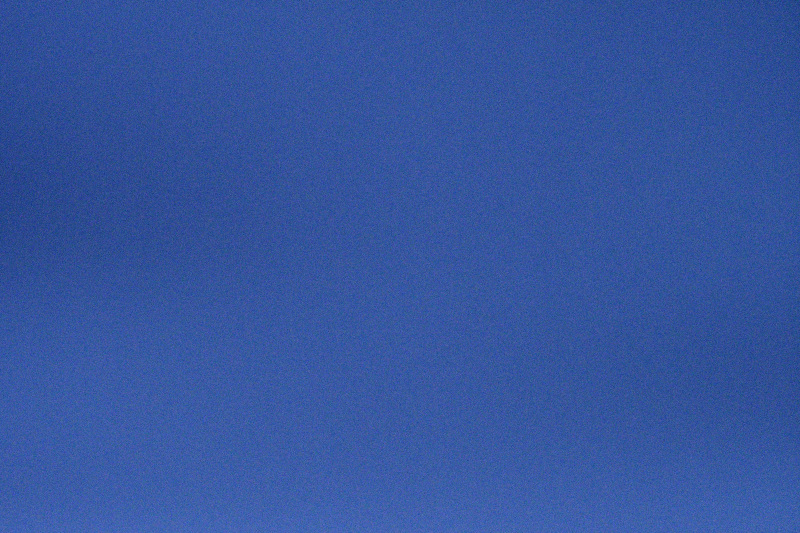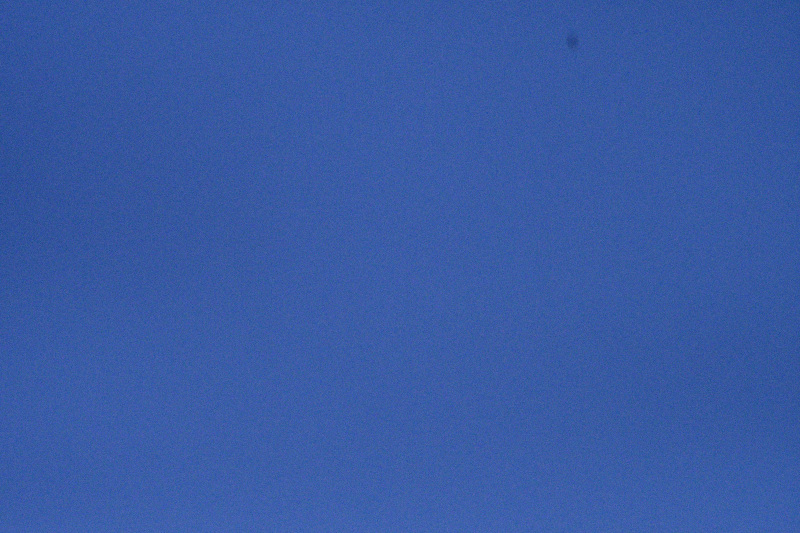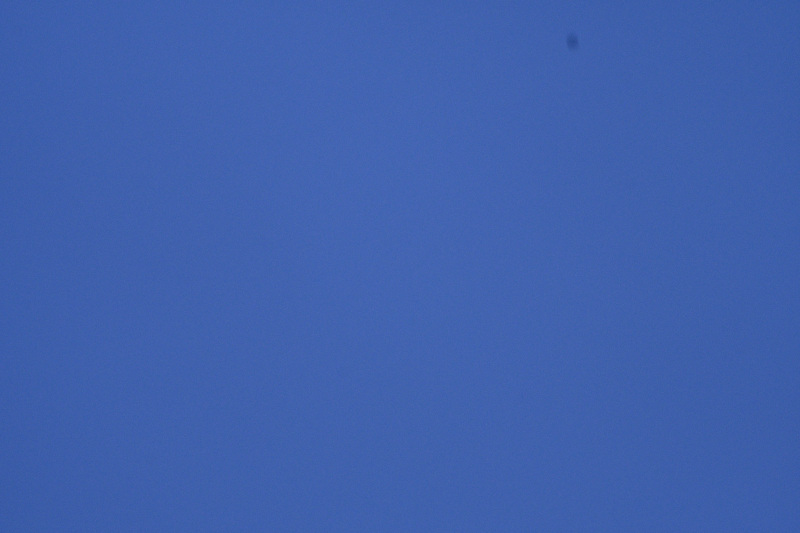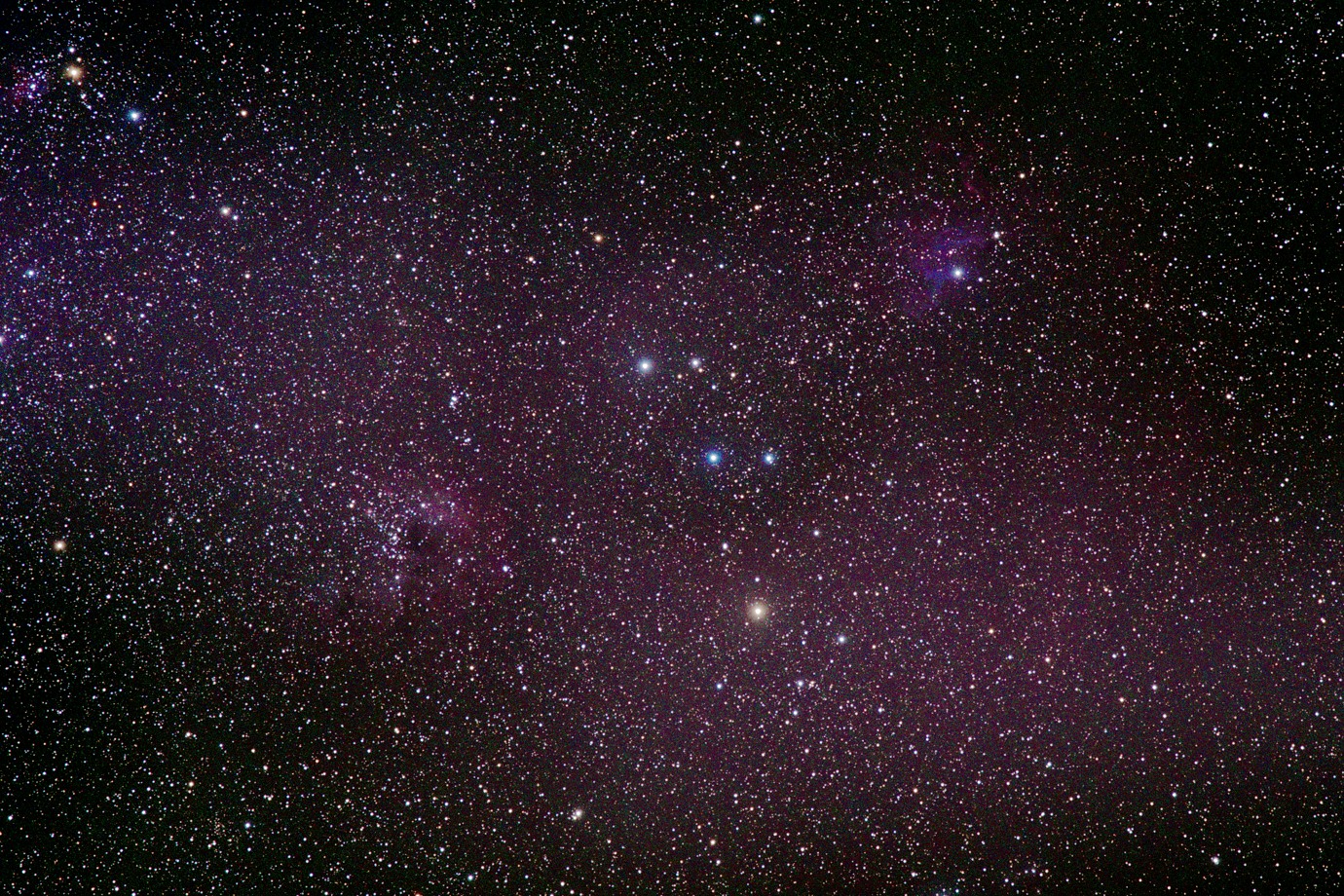Background:
I have been having problems with gradients in the background of my astro photography lately. Just this week I realized that what I thought was light pollution gradients was a pattern, repeating during imaging at different locations and of different areas of the sky. I narrowed that down to problems with the flats (that are used to compensate for vignetting). After much experimenting I have realized it was due to a combination of using ISO 1600 (vs ISO 800 with mode light pollution) and use of a light panel for making the flats that is quite intense and has to be used a maximum intensity to avoid flickering. This resulted in a shutter speed of 1/4000 sec for the flat. At that speed and 1/8000 sec the shutter exposes unevenly across the frame in a fixed pattern. (Any gradients across the panel was compensated by averaging at least flats rotating 45° between each; this can be done in camera in the D500 by 8 multiple exposures, but I also did the averaging of up to 40 frames in DSS).
The final test today was much simpler using single frames and I ask other D500 users here to repeat it to see if their sample of D500 responds the same way: 1. Set D500 to daylight white balance, Auto ISO and f/8 (allowing ISO to possibly go as high as 6400 or beyond depending on light conditions), use medium long to long lens; my final test was with the 105mm f/2.5 set at infinity, but it should not matter as long as it is not much wider.
2. Pull two layers of a white T-shirt tightly over the lens (can also use a milky Plexiglas plate), go outside, out of the sun in the shade if clear, or in overcast weather.
3. With 0 exposure compensation expose frames from 1/8000 second down to 1/500 sec in 1 EV steps letting auto ISO adjust correct exposure, while holding camera overhead free of nearby objects, pointing towards the sky.
4. To process, in
CNX2 CNX-D pull contrast slider all the way up (and if under a clear sky saturation all the way down to avoid over saturation of the blue channel). Similar processing in other software is of course also OK. Export files to a relatively small size JPG like 800 pixels wide that makes it easier to detect patterns.
On my D500 sample I find that it exposes unevenly across the frame at 1/8000 sec and 1/4000 sec, but only slightly at 1/2000 second:1/8000 second

1/4000 second

1/2000 second

1/500 second

(The dust mote that dropped down from the lens at frame #2 easily went away with the sensor cleaning mechanism applied once - nice to see that it works!).
The effect would not very noticeable in normal photography as contrast is seldom boosted this much, and particularly not with BIF where it would most likely show up, but astro photography is very sensitive to this due to the need for light pollution subtraction during processing and application of the flats (which is a division).
My D7100 does not show this and one could worry that it could be an early sign of a compromised shutter in my D500. (The body is just out of warranty but I have evidence in the flats that it occurred long before that.)
Thus I am interested if this is just a characteristic to the very fast shutter/mirror mechanism in the D500 or if it is limited to my copy of the D500. In the former case I will just forget about it, and in any case find a weaker light panel for my flats that does not require such short shutter speed.
Added: here is night sky capture from mid January of the Flaming Star Nebula region demonstrating the same (inverse) pattern:
